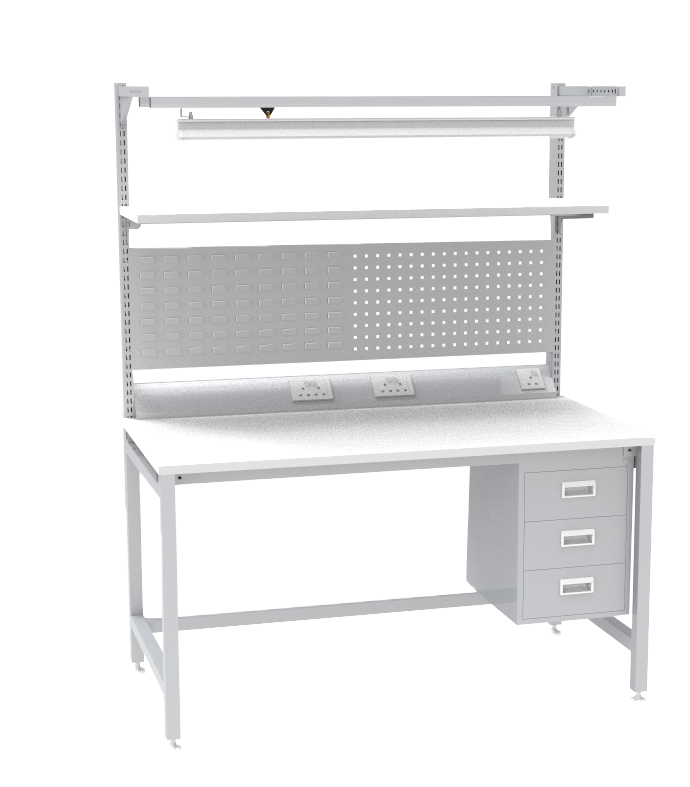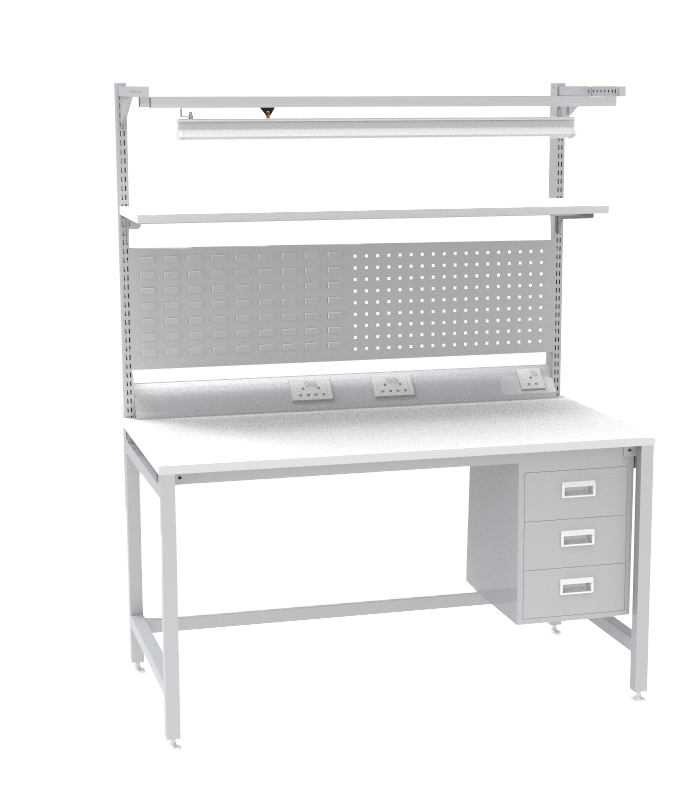The electronic workbench is an essential platform for professionals and hobbyists in the field of electronics. It serves as the foundation for designing, testing, and analyzing various electronic circuits and systems. In this article, we will explore the components, benefits, and applications of an electronics workbench.
Components of an Electronic Workbench
An electronic workbench typically includes a variety of tools and equipment necessary for working with electronic components. Some of the key components are:
- Power Supply: Provides the necessary voltage and current to power electronic circuits.
- Multimeter: Measures voltage, current, and resistance in a circuit.
- Oscilloscope: Visualizes the waveform of electronic signals.
- Function Generator: Generates different types of electrical waveforms.
- Soldering Station: Used for assembling or repairing electronic circuits.
- Breadboard: Allows for the construction of prototype circuits without soldering.
- Hand Tools: Includes pliers, wire cutters, and screwdrivers.
Benefits of an Electronics Workbench
Having a well-equipped electronics workbench offers numerous advantages:
- Efficiency: All necessary tools are organized in one place, making it easier to work on projects.
- Precision: High-quality measurement instruments ensure accurate readings and diagnostics.
- Safety: Proper equipment reduces the risk of accidents and damage to electronic components.
- Convenience: An organized workbench saves time and enhances productivity.
Applications of an Electronic Workbench
The electronic workbench is indispensable in various fields, including:
- Education: Used in schools and universities for teaching electronics and electrical engineering concepts.
- Research and Development: Essential for developing new electronic products and technologies.
- Repair and Maintenance: Used by technicians to troubleshoot and repair electronic devices.
- Hobby Projects: Enables enthusiasts to create and experiment with their own electronic designs.
Setting Up an Effective Electronics Workbench
To set up an effective electronics workbench, consider the following tips:
- Space: Ensure you have enough space to accommodate all necessary tools and equipment.
- Organization: Use shelves, drawers, and tool racks to keep everything tidy and accessible.
- Lighting: Good lighting is crucial for precision work; consider using adjustable desk lamps.
- Ventilation: Proper ventilation is important, especially when soldering, to avoid inhaling fumes.
- Ergonomics: Set up your workbench at a comfortable height to prevent strain and fatigue.
Conclusion
An electronic workbench is a vital asset for anyone working with electronics. It provides the necessary tools and environment to design, test, and troubleshoot electronic circuits efficiently and safely. Whether you are a student, a professional, or a hobbyist, having a well-organized electronics workbench can significantly enhance your productivity and enjoyment in the field of electronics.
For more info :-






Comments